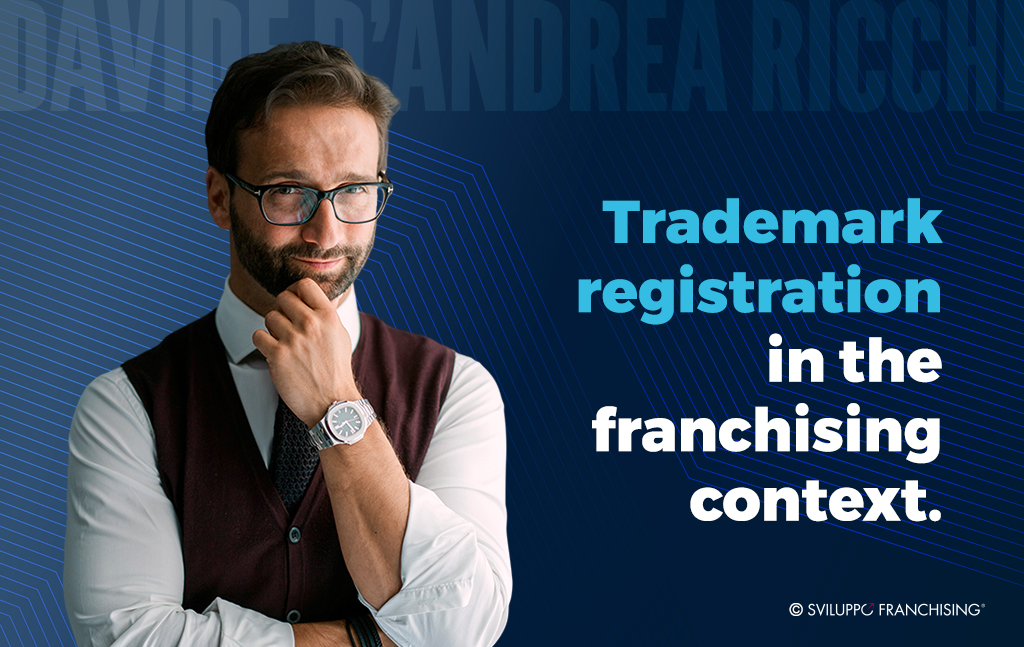
Trademark Registration for Franchising: Everything You Need to Know
What is a trademark and what can be registered?
A trademark is a sign that allows distinguishing the products and services of one company from those of another company.
Can be registered as a trademark all the signs, especially words, including names of individuals, designs, letters, digits, sounds, the shape of the product or its packaging, combinations or shades of color, provided they are capable of:
a) distinguishing the products or services of one company from those of other companies; and
b) being represented in the register in such a way as to enable competent authorities and the public to determine clearly and precisely the subject matter of the protection conferred on the holder.
Why trademark registration is important for franchising:
Protect your business
One of the prerequisites for the validity of the franchise agreement is that the franchisor has a validly registered trademark.
In fact, what the franchisor offers to the franchisee through the franchise agreement is a reliable brand, on which the franchisee has the opportunity to invest.
Therefore, the franchisor’s trademark must be adequately protected through a deposit strategy and subsequent monitoring of it, in order to promptly prevent competing third parties from registering identical and/or similar trademarks and thus creating confusion, thereby devaluing the trademark.
Build your reputation
Effective trademark protection allows the products and services of the franchisor to build a commercial reputation that increases over time, with the prospect for both the franchisor and the franchisee of greater earnings over time.
Distinguish your franchising from others
With an adequate trademark deposit and protection strategy, you will be able to make your franchising more and more distinguishable from that of competitors, who can only come in second. It is a fact that even established and well-known franchises are not attentive to the protection of their own trademark, having to take into account corrective interventions that do not always offer the desired results.
Steps for trademark registration in franchising:
Check the availability of the trademark
First of all, it is necessary to understand in which country you want to register, whether in Italy, Europe, or another non-EU country.
Immediately afterwards, it is necessary to carry out a prior search. The prior search is the most important part and must be carried out using all the most up-to-date methods, in order to ensure that the market is free.
Choice of classes
Then you move on to the choice of classes, i.e., the products and/or services that the trademark will distinguish.
The choice of classes also requires extreme attention: given the increasing number of registered trademarks, it tends to consider as similar product classes that could be considered different, with serious consequences on the interference of trademarks.
Moreover, since once the application has been filed, it is no longer possible to modify it, it is advisable to consider from the outset claiming classes of products and/or services that can also be used in the future from a business diversification perspective.
Common mistakes during trademark registration:
Not checking the availability of the trademark
Prevention is better than cure is the proverb that best explains the role of a consultant specialized in industrial property matters.
Usually, those who proceed in a “do it yourself” mode do not take into account the importance of the prior search: it is definitely necessary before registering and using a distinctive sign, which can be both a trademark and a domain name. Consider that a counterfeiting case costs much more than a well-done prior search, with the advantage that it allows to detect the existence of a trademark and/or a domain name previously registered immediately and therefore to modify your own before supporting the investments for their promotion.
Not carrying out trademark monitoring
The same proverb applies to surveillance activities.
Unfortunately, apart from some exceptions, industrial property offices DO NOT carry out checks to verify the pre-existence of identical or similar trademarks.
Therefore, the risk of identical or similar trademarks being registered is very high.
This entails the risk that the subsequent trademark will be validated and can no longer be challenged by those who registered first.
To avoid such a risk, it is advisable to activate a surveillance service, whereby the trademark owner receives “alerts” related to trademark applications that may pose a danger to their own trademark.
Each report allows activating an administrative opposition procedure that has a much lower cost compared to legal actions and can represent a quick and effective solution against possible registrations by third parties.
The same service can also be carried out with reference to new domain names registered, regardless of the extension, in order to prevent phenomena such as Cybersquatting, Typosquatting, abusive registration and use of the trademark as a Metatag or Keyword, Account Squatting.






